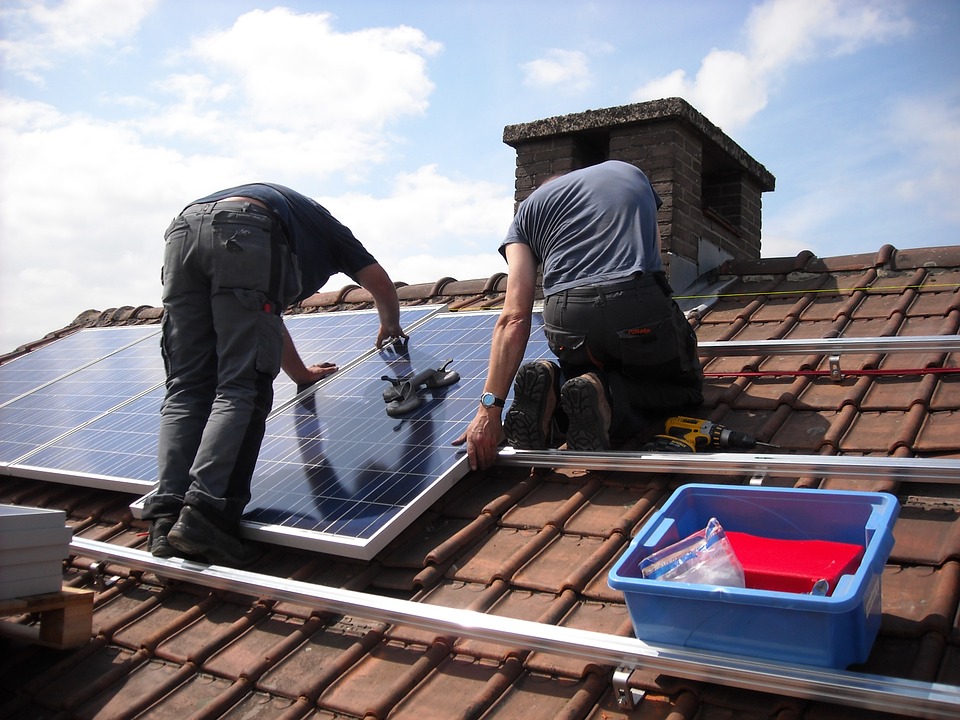Taxes
Home Energy Credits Under the Inflation Reduction Act
This article covers two home energy tax credits for your individual clients to take advantage of by saving money on their tax returns and conserving energy to help out the environment.
Dec. 13, 2023

By Mike D’Avolio, CPA, JD.
The Inflation Reduction Act of 2022 was signed into law on Aug. 16, 2022, providing numerous tax deductions and tax credits for individuals, families and businesses. New tax incentives were added, and existing tax incentives got extended and enhanced. This article covers two home energy tax credits for your individual clients to take advantage of by saving money on their tax returns and conserving energy to help out the environment.
Part A: Energy Efficient Home Improvement Credit

Thanks for reading CPA Practice Advisor!
Subscribe for free to get personalized daily content, newsletters, continuing education, podcasts, whitepapers and more...
Already registered? Login
Need more information? Read the FAQ's
Under prior law (through tax year 2022), the personal credit for specified nonbusiness energy property expenditure equaled the sum of:
- 10% of the amount paid or incurred for qualified energy efficiency improvements installed, and
- Any residential energy property costs paid or incurred.
Limitations:
- A total combined credit limit of $500 for all tax years after 2005 (lifetime limit).
- A combined credit limit of $200 for windows for all tax years after 2005.
- A credit limit for residential energy property costs of $50 for any advanced main air circulating fan; $150 for any qualified natural gas, propane, oil furnace or hot water boiler; and $300 for any item of energy efficient building property.
For property placed in service in 2023 through 2032, the credit is increased for each tax year to 30% of the sum of:
- Qualified energy efficiency improvements installed during the year, and
- Residential energy property expenditures paid or incurred during that year.
The credit is further increased for amounts spent on home energy audits, limited to $150. In lieu of the lifetime credit limit, there is an annual credit limit of $1,200 per taxpayer.
Limitations:
- $600 for residential energy property expenditures, windows, and skylights.
- $250 for any exterior door (and $500 total for all exterior doors).
- $2,000 limit for specified heat pumps, heat pump water heaters, and biomass stoves and boilers. This $2,000 limit is in addition to the $1,200 limit for the other items for a potential total credit of $3,200 for the year.
Planning tips
- The $500 lifetime limit is replaced by a $1,200 annual limit on the credit amount. So if you spread out your qualifying home projects, you can claim the maximum credit each year.
- There are lots of Energy Star products eligible for the tax credit. Here is an easy place to have your clients see what products qualify for the credit: Energy Savings at Home
Part B: Residential Clean Energy Credit
Under existing law, there is also a personal credit for residential energy efficient property that covers solar electric, solar hot water, fuel cell, small wind energy, geothermal heat pumps, and biomass fuel property installed in homes in years before 2024.
The Inflation Reduction Act extends this 30% credit for qualified expenditures installed in years before 2035. The credit is now also available for qualified battery storage technology expenditures and the Act removes qualified biomass fuel property from credit eligibility.
Planning tips
- Don’t commit to improvements you can’t afford just because you’re chasing a big energy tax credit.
- Be sure to look for any available state and local incentives.
- Take into account the reduction in utility bills to determine the full return on investment.
- Remember to save any related documentation.
- Meet with your clients throughout the year so they’re able to take advantage of tax savings in a timely manner.
Resources:
- Draft Form 5695
- IRS – Energy Efficient Home Improvement Credit
- IRS FAQs
- Credits and deductions under the Inflation Reduction Act of 2022
- 2023 Tax Season and Advisory Readiness; FREE virtual conference; Complementary 2-day virtual conference with free CPE credits; JANUARY 10 – 11
- Intuit Tax Advisor
===
Mike D’Avolio, CPA, JD, is a tax law specialist for the Intuit ProConnect Group, where he has worked since 1987. He monitors legislative and regulatory activity, serves as a government liaison, circulates information to employees and customers, analyzes and tests software, trains employees and customers, and serves as a public relations representative.
